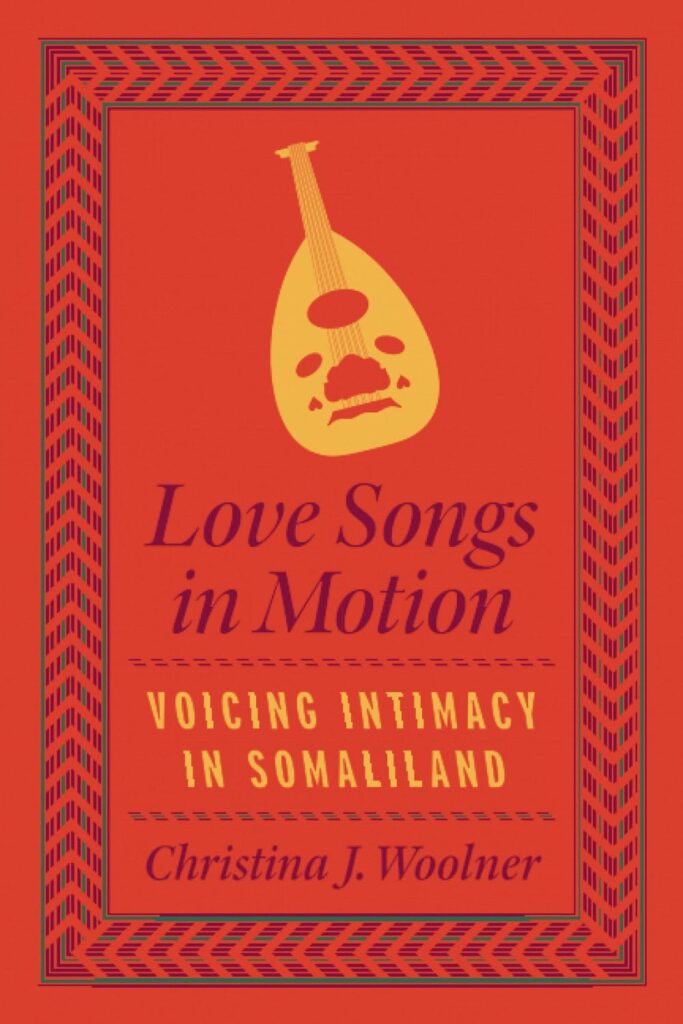
About this website
This website is a an audio-visual supplement to the book Love Songs in Motion: Voicing Intimacy in Somaliland, and is best explored alongside the book itself.
As a partial response to what Anthony Seeger called the “linguocentric predicament”–that is, the difficulty of representing musical sound with language–this website contains audio (and video) material of all of the songs mentioned in the book. It also includes texts and translations of most of the songs, supplementary photographs, field recordings, and links to further resources.
Except when indicated otherwise, song lyrics have been transcribed from audio files; song texts, melodies and vocals are attributed to the best of my knowledge. Listeners/viewers with any additional (or differing) knowledge about the songs contained within the site are most welcome to be in touch!
About the book
An intimate account of everyday life in Somaliland, explored through an ever-evolving musical genre of love songs.
At first listen, both music and talk about love are conspicuously absent from Somaliland’s public soundscapes. The lingering effects of war, the contested place of music in Islam, and gendered norms of emotional expression limit opportunities for making music and sharing personal feelings. But while Christina J. Woolner was researching peacebuilding in Somaliland’s capital, Hargeysa, she kept hearing snippets of songs. Almost all of these, she learned, were about love. In these songs, poets, musicians, and singers collaborate to give voice to personal love aspirations and often painful experiences of love-suffering. Once in circulation, the intimate and heartfelt voices of love songs provide rare and deeply therapeutic opportunities for dareen-wadaag (feeling-
Taking us from 1950s recordings preserved on dusty cassettes to new releases on YouTube and live performances at Somaliland’s first postwar music venue—where the author herself eventually takes the stage—Woolner offers an account of love songs in motion that reveals the capacity of music to connect people and feelings across time and space, creating new possibilities for relating to oneself and others.